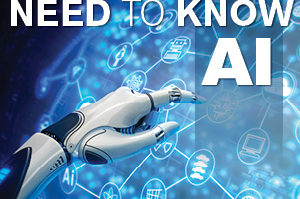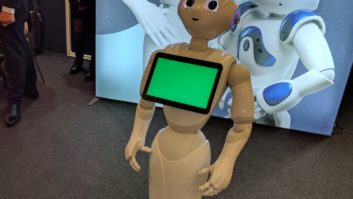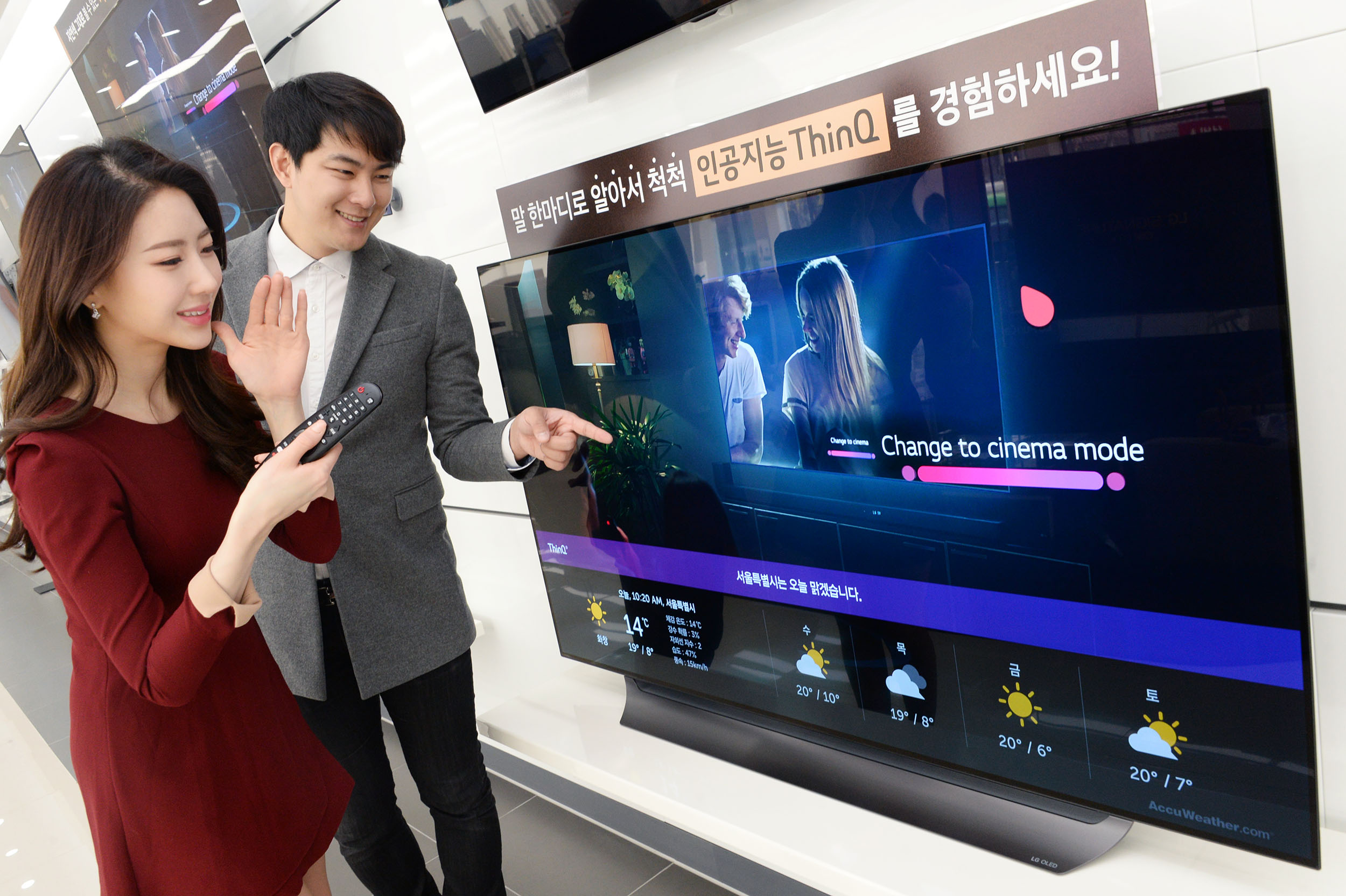
“Intelligence is like love, we can’t have enough of it,” says Paul Grey, principal analyst at IHS Markit.
Speaking on the rise of artificial intelligence (AI) at the IFA 2018 Global press Conference, a precursor to Europe’s largest technology expo (31 August – 5 September), he confirmed there is now unprecedented growth in AI technologies.
“We’re seeing a huge surge in innovation involving artificial intelligence, neural nets, deep learning and pattern recognition,” he says. “They’re all techniques being used to solve problems.” But this is not a re-tread of IoT, he cautions, “it’s about acting intelligently to data.”
AI he says, is about “understanding intent.”
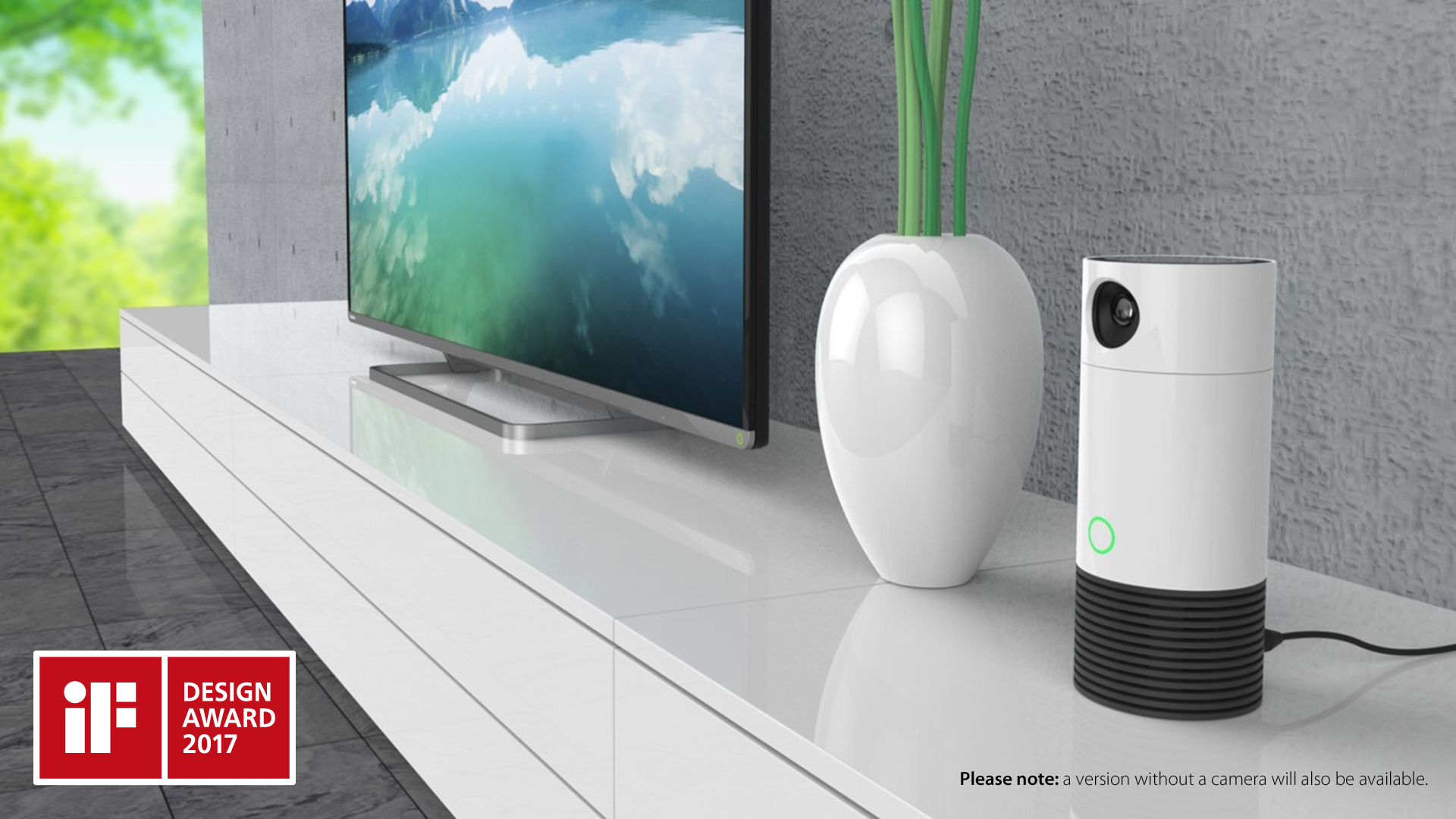
Smart thinking
The rise of the technology has certainly made rapid inroads into the consumer space, where it’s being eagerly adopted by consumers wowed by voice control. Amazon won’t disclose numbers, beyond saying that “tens of millions” of Amazon Alexa products had been sold since launch back in 2014.
According to research by Panasonic, voice functionality will feature on 93 per cent of WiFi speakers by 2020. Apparently half of those using connected devices say they feel more in control.
“Connected living is going to be a big bet for us this year,” echoes Nick Bevan, head of product management for Home Appliances for Samsung UK. Samsung’s own intelligent assistant, Bixby, is seen as a key piece of the brand’s smart consumer strategy. Bixby is able to recognise individual voices and provide personalised feedback, based on learned preferences.
LG has similarly invested heavily in ThinQ, a deep learning-based artificial intelligence ecosystem, which it will deploy across all LG business divisions. At its core is voice control, but it also supports video and sensor recognition, as well as spatial awareness and human body detection.
To amplify the concept, the brand demonstrated a range of AI electronics at its spring InnoFest dealer expo.
“DeepThinQ is the embodiment of our open philosophy, to provide the most powerful AI solutions to our customers via a strategy of open platform, open partnership and open connectivity,” declared Dr. IP Park, LG’s chief technology officer.
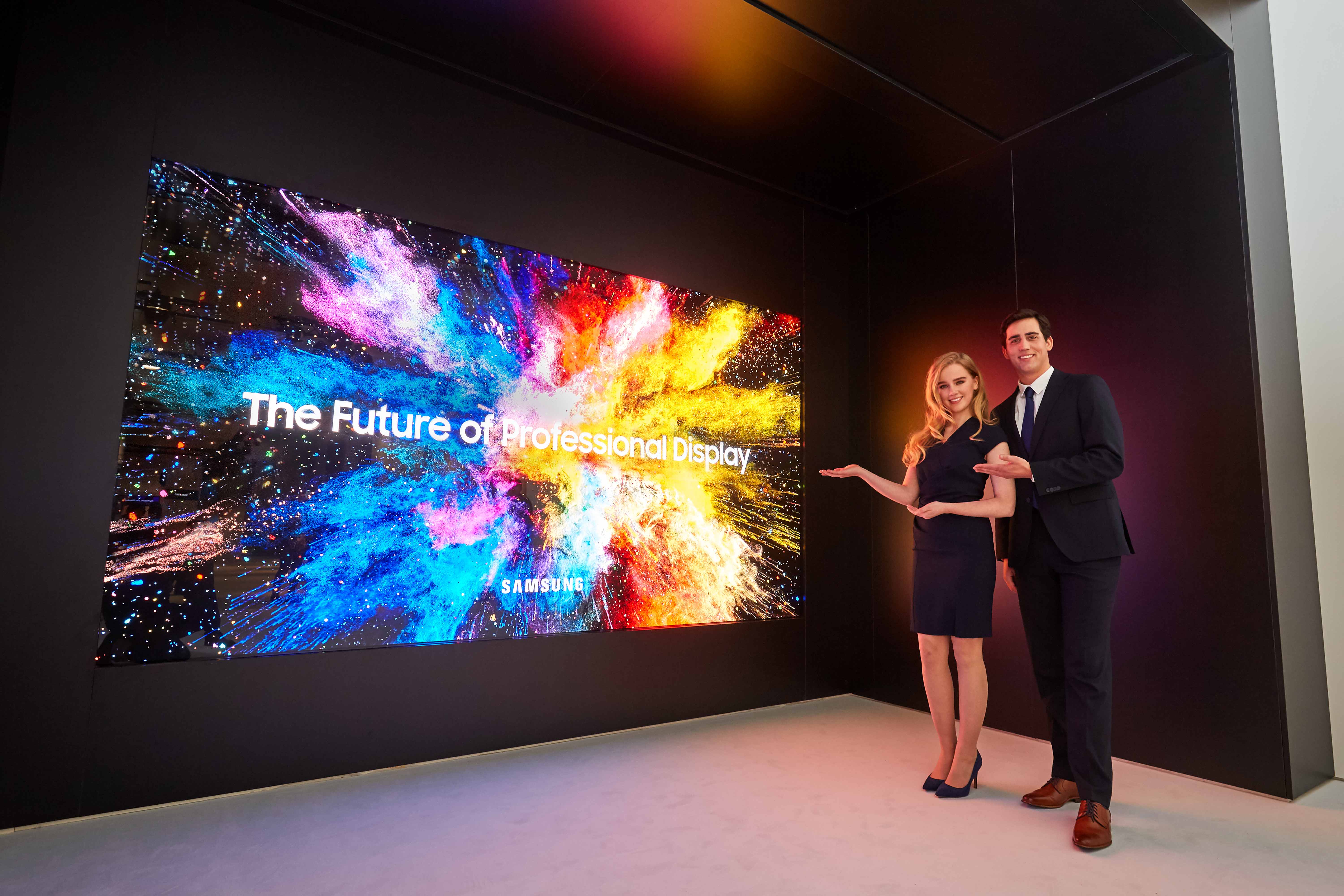
AI for all
But with such a seismic shift happening in the B2C market, what impact is AI having in B2B? What are the implications for corporate AV, system integrators and end users, and how does this AI surge dovetail with a shift to next generation displays? Time to ask Alexa…
“Artificial intelligence is no longer exclusive to elite, multinational corporations. In fact, it’s already transforming the corporate sector, supporting the development of increasingly more collaborative and productive work environments,” insists Mark Dew, head of UK B2B sales for Vestel.
“With the advent of machine translation, businesses of all sizes can now maximise their scope and reach. They have the power to cross borders and collaborate virtually, and in real time, with international colleagues.”
Dew suggests AI innovation will also revolutionise the education sector, taking e-learning to another level. “No longer at a disadvantage, long-distance pupils can benefit from interactive learning, despite their geographical distance from schools and colleges. For a growing number of displaced students, automatic machine translation is now vital, helping to minimise any further disruption to their education.”

Vestel isn’t just blue-sky gazing. Its Collaborative Cloud system is already finding applications in boardrooms and educational establishments. The system integrates an interactive, 20-point capacitive touch 4K displays with cloud services, enabling employees and students to log into a virtual office or classroom environment from anywhere in the world.
Collaborative technology is rapidly becoming ubiquitous, says Dew. Wireless screen sharing solutions allows documents to be worked on simultaneously by employees from several different subsidiary offices or by students from different schools and campuses. “They allow ideas to be discussed and worked on securely, ensuring that various permission levels can be set to manage the visibility of internal assets and documents.”
Toshiba was enthusiastically backing AI at ISE, earlier this year. Tim Matthews, European product manager for B2B displays, told AV Technology Europe that artificial intelligence offers several potential breakthroughs, in particular enabling the next generation of natural language understanding. “Our teams in Europe demonstrated Toshiba’s B2B Voice Assistant, using hardware launched earlier at CES. We see a very early win in simply adding voice requests and answers to an existing visual experience. Imagine how much easier it is to simply ask for ‘two cheeseburger meals with a lemonade’, rather than navigating through several screens of touch options. Then imagine if the solution is available in your target customers’ preferred languages, and if that language is dynamically recognised from the moment the user utters their request. Those are some of the impactful benefits of AI-based natural language processing available this year.”
Market demand
Matthews says Toshiba’s ISE showcase attracted considerable interest. The company staged a number of live demos to illustrate potential user benefits: “A hotel guest can simply ask to extend their check-out time or ask for the room service menu to appear on their hotel TV screen. A supermarket shopper can ask an aisle assistant where they can find dried pulses, or which wine would go well with a Thai Green curry. All of the experiences we are helping our integrator partners build, add the convenience of voice in addition to their existing touch solutions.”
But will the introduction of AI require integrators to learn entirely new skill-sets?
“Yes and no,” counters Matthews. “There are a number of highly specialised skills at play. Building an AI-based natural language UX is one such example. Voice capture hardware, which can be tailored for different environments, is another. But our B2B Voice Assistant does all of that heavy lifting.”
By way of example, he says an integrator receives a one-stop shop, basically voice hardware plus a cloud-based platform to build the experience. “We even provide sample templates for target domains in retail, fast food, meeting rooms, hospitality and others. The end user takes the natural language domain they need and customises it for their own end customer. We can provide support and training here too.”
Intelligent marketing
Once the voice experience has been built, the system professional can use existing skills to fulfil those intents, using familiar signage and solutions integration.
The obvious next step is the full adoption of AI into digital signage, so what’s a realistic timeframe for that?
“From a Toshiba perspective, we will be enabling prototypes of these voice experiences for our early-access partner integrators within this year,” teases Matthews. “AI will lead to better audience targeting and analytics, and a better end user experience in discovery and interaction, with these next generation digital signage points.”
A new era has arrived
Dan Jackson, director of enterprise technology at Crestron agrees will profoundly transform all technology industries, including the AV industry. “At its core, AI is used to augment or replace human tasks with technology. In our world, that could be realised in several ways: helping support staff better do their jobs in deploying, maintaining or supporting the systems, or on the user side, making their experience in the space better.”
He cites cameras with smart tracking and auto cropping features that are already replacing basic PTZ functions.
Crestron has already unveiled XiO Cloud, a new connected platform that uses AI to provide analytics on the usage of spaces. It’s also working on AI integration for networked audio, video and control systems.
The challenge, suggests Jackson, is to understand how to work alongside artificial intelligence as it becomes increasingly embedded in tools. “Supporting spaces that use AI can become more challenging because the way the system works is less clear… it’s making decisions on its own. AI also lives on the inputs it can get, so to deliver AI systems we will need to provide more connected systems, which means learning to live more naturally on the network and delivering much more secure systems.”
Digital signage
AI could also have a fundamental impact on the digital signage business, as displays shift to 8K resolution. At present creating native 8K content is expensive and delivering it is technically challenging, but AI promises an interim solution.
Samsung has developed AI with the ability to process 4K and lower sources and achieve close to 7,680 × 4,320 resolution. It uses a technique called Machine Learning Super Resolution (MLSR); AI driven algorithms compare low and high-quality versions of the same content, and interpolate what’s missing.
Detail Creation improves texture in low definition areas, while Edge Restoration improves pixel definition (this will be particularly useful for text displays), and Noise Reduction compensates for image compression. MLSR will also intelligently apply filters for brightness, black level and colour. The end result is so good, users would be hard pressed to tell native 8K from AI upscaling.
MLSR processing could soon be seen on Samsung’s 8K displays and incoming MicroLED products. The Wall Professional, announced earlier this year, features a modular design, which allows integrators to build configurations above or below its 146-inch size standard.
Samsung says it can even use MLSR processing to improve broadcast audio, perhaps adding emphasis to dialogue and then boosting ambient sound when needed on a scene-by-scene basis. Earlier this year Samsung partnered with Korean broadcaster KT Skylife to broadcast 8K UHD from the 2018 Winter Olympic Games.
“When you consider that display market is rapidly shifting to the trend of large screens, 8K market growth is an inevitable trend,” says Steve Mitchell, Samsung’s head of product management for TV and AV.
“AI is here to stay,” confirms Ralph Santana, executive vice president and chief marketing officer for Harman. “The technology has been on the roadmap for a long time, and there are different ways to skin the cat, but AI is definitely the future.”



